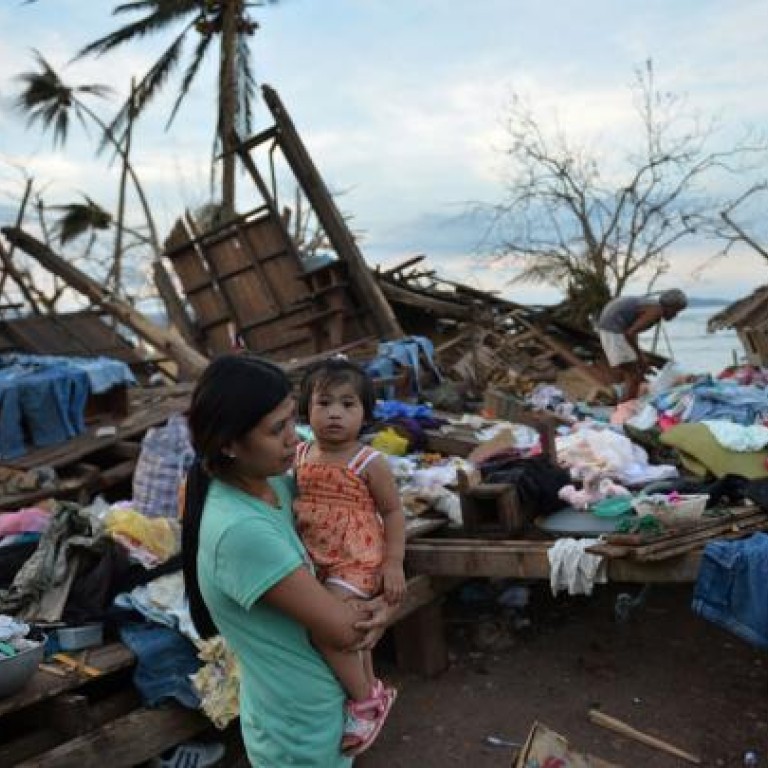
Sluggish relief a blow to typhoon-hit Philippines
Tom Bamforth says underfunded humanitarian relief is failing millions in the ravaged south
Two months ago, Typhoon Bopha struck Mindanao in the southern Philippines. It's hard to explain the devastation that such a storm can wreak but, when I arrived there as an aid co-ordinator, I was met by scenes of devastation: palm trees splintered like giant toothpicks; mud, trees and debris from broken homes scattered everywhere.
In one village, Andaap, landslides and flash floods had swept away hundreds of houses, leaving hundreds dead.
In total, 2,000 Filipinos died or are missing. Another 1 million lost their homes. Half a million are reliant on emergency food aid. In total, it is estimated that 6.2 million people were affected by the storm in some way. But the humanitarian response has been sluggish and underfunded.
Some donors urged me to see Bopha as an "opportunity" to lure tourism and promote private investment rather than give "aid handouts". Sadly, "recruiters" have been quick to take up such opportunities - offering women contracts as domestic helpers overseas. At US$400 a month, they are lucrative to many. But there is a risk of physical and economic abuse, plus the increased vulnerability of children and families left behind.
We have been repeatedly told by potential donors - the aid arms of governments around the world - that the Philippines is a "middle-income country", one with a well-resourced government and a capable civil service. Yet the Philippines is highly indebted and recent development gains are fragile when facing such large-scale disasters.
In many cases, there was near total destruction of housing, livelihoods and social infrastructure. Two months after the disaster, only a quarter of emergency shelter needs have been met. As one of the few organisations committed to supporting shelter, the International Federation of Red Cross and Red Crescent Societies can fund only a third of the emergency shelter repair kits that it pledged to provide.
In areas where people have received help, rebuilding and recovery have begun. Elsewhere, people live in makeshift shelters made from the debris of their former homes. They are now more vulnerable than before the typhoon struck.
Ironically, in Mindanao, the tentative economic and political progress of late may have led to a less enthusiastic humanitarian response than there would have been otherwise.
Bopha has already brought devastation to millions. If the response remains underfunded, there will be an inestimable cost in lost homes, livelihoods and opportunities that will take its toll for years to come.
